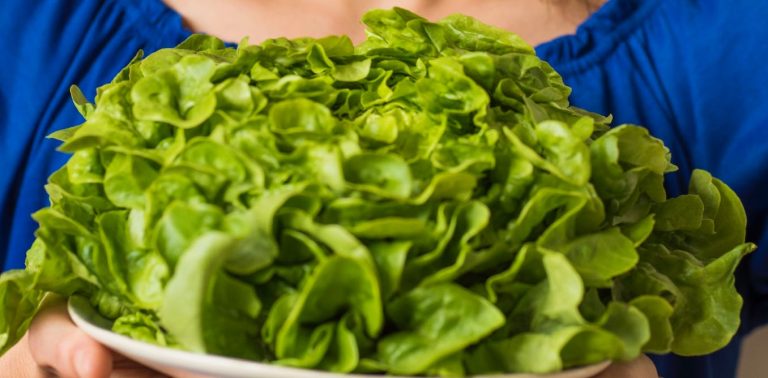More than half of the adult population in UK and USA have gum disease Typical treatments include; mouthwash and in severe cases, antibiotics. These treatments have side effects such as dry mouth, growth antimicrobial resistance and rose Blood Pressure.
But research has shown that a molecule called nitrate, found in green leafy vegetables, has fewer side effects and offers greater oral health benefits. And it could be used as a natural alternative to treat oral diseases.
Inadequate brushing and flossing leads to build-up dental plaque, a sticky layer of bacteria, on the surface of teeth and gums. Plaque causes tooth decay and gum disease. Sugary and acidic foods, dry mouth and smoking can also contribute to bad breath, tooth decay and gum infections.
The two main types of gingivitis are gingivitis and periodontitis. Gingivitis causes redness, swelling and bleeding of the gums. Periodontitis is a more advanced form of gingivitis, which causes damage to the soft tissues and bones that support the teeth.
Periodontal disease can therefore lead to tooth loss and, when bacteria from the mouth enter the bloodstream, can also contribute to the development of systemic disorders such as cardiovascular disease, dementia, diabetes and rheumatoid arthritis.
Leafy greens may be the secret
Leafy greens and root vegetables are packed vitamins, minerals and antioxidants – and it’s no secret that a diet consisting of these vegetables is vital for maintaining a healthy weight, boosting the immune system and preventing heart disease, cancer and diabetes. The multiple health benefits of leafy greens are partly because spinach, lettuce and beets are packed with nitratewhich can be reduced to nitric oxide by nitrate-reducing bacteria in the mouth.
Nitric oxide is known to low blood pressure and improve exercise performance. However, in the mouth, it helps prevent the overgrowth of bad bacteria and reduces mouth acidityboth of which can cause gum disease and tooth decay.
As part of our research on nitrates and oral health, we studied competitive athletes. Athletes are prone to gum disease due to the high intake of carbohydrates – which can cause inflammation of the gum tissues – stress and dry mouth from difficult breathing during training.
Our study showed that beetroot juice (which contains about 12 milliliter of nitrates) protected their teeth from acidic sports drinks and carbohydrate gels during exercise – suggesting that nitrates could be used as prebiotics by athletes to reduce the risk of tooth decay.
Nitrates hold a lot of promise for oral health prebiotic. Good oral hygiene and a diet rich in nitrates could be the key to a healthier body, a vibrant smile and disease-free gums. This is good news for those most at risk of deteriorating oral health, such as pregnant womanand the elderly.
In the UK, antiseptic mouthwashes containing chlorhexidine are commonly used to treat plaque and gingivitis. Unfortunately, these mouthwashes are the wrong approach to oral health, as they indiscriminately remove both good and bad bacteria and increase mouth acidity, which can cause disease.
Worryingly, early research also suggests that chlorhexidine may contribute antimicrobial resistance. Resistance occurs when bacteria and fungi survive the effects of one or more antimicrobial drugs due to repeated exposure to these treatments. Antimicrobial resistance is a global health concernpredicted to cause 10 million deaths annually by the year 2050.
BSIP/UIG via Getty Images
In contrast, dietary nitrates are more targeted. Nitrates eliminate disease-related bacteria, reduce mouth acidity and create a balance oral microbiome. The oral microbiome refers to all the microorganisms in the mouth. Nitrate offers exciting possibilities as oral health prebioticwhich can be used to prevent the onset of the disease or limit the progression of the disease.
How many greens for pearly whites?
So how much should we consume daily? As a general rule, a generous helping of spinach, kale or beetroot during meals contains around 6-10mmol of nitrates and offers immediate health benefits.
The work we have done with our collaborators has shown that the treatment plate samples from patients with periodontal disease with 6.5 mmol nitrate increased levels of healthy bacteria and decreased acidity.
For example, consumption lettuce juice for two weeks reduced gum inflammation and increased levels of healthy bacteria in patients with gingivitis.
A growing body of evidence shows that nitrates are a cornerstone of oral health. Grating a serving of vegetables at mealtimes can help prevent or treat oral diseases and keep the mouth fresh and healthy.

